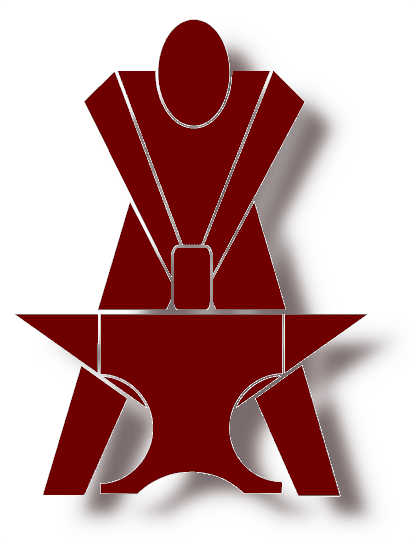



Full Taper SpringsWhat does a full taper spring do? There are two types of leaf springs are in use on trucks and trailers; multi leaf and full taper. Multi leaf springs typically use 5 to 12 or more constant thickness leaves which get progressively shorter down through the spring pack. Full taper springs typically use 1 to 4 leaves of varying thickness all of which are approximately the same length. With either type, the basic purpose of the leaf spring is the same:
Full taper springs offer several distinct advantages over multi leaf springs which account for their rapid growth in popularity.
The full taper spring is currently used on heavy duty trucks and trailers in four major areas.
In addition, full taper springs are widely used on the front of 4 wheel drive pickup trucks and as single leaf helper springs. Full taper springs are also rapidly growing in use on other applications such as front and rear springs on medium duty trucks, single point trailer springs and class 7 and 8 rear single axle springs. Compare the differences between a multi leaf and a full taper spring. Multi leaf Spring
These differences are what allows a full taper spring to meet its four (4) major design goals.
By tapering each leaf in the full taper spring the load or stress is spread out evenly along the entire length of the leaf. In fact, each leaf acts as a separate spring. The multi leaf spring steps the leaf lengths to spread out the load or stress. The leaves depend on each other to distribute the stress although not nearly as evenly as on a full taper spring. Since the full taper spring does a much better job of distributing stress, this allows for a significant reduction in spring stiffness since each pound of steel in the full taper spring is carrying an equal share of the load.
The leaves of a multi leaf spring contact each other along their full length. This causes a high amount of rubbing or friction as the spring is deflected. The advantage of this interleaf friction is the dampening it provides; in effect the interleaf friction acts as a shock absorber. For this reason, many heavy multi leaf spring suspensions do not use shock absorbers. The disadvantage of this interleaf friction is ride harshness; the spring may not respond to small changes in load or bumps. The leaves of the full taper spring contact each other only at the center and at the tips. This virtually eliminates interleaf friction and allows the spring to be very responsive to small load changes thereby improving ride quality.
By evenly distributing the stresses in a full taper spring as explained above, along with the special manufacturing processes that are used, it is possible to reduce spring weight by up to 50% over a comparable multi leaf spring. Typical weight savings average 30%.
The advanced processes used in the manufacture of full taper springs combine to improve vehicle ride, reduce spring weight and at the same time provide increased spring life over multi leaf designs. Stress peening (shot peening while the spring leaf is under load or stress) allows the full taper spring to withstand the higher stresses. Zinc rich painting of each leaf greatly extends spring life by postponing the onset of corrosion which leads to leaf cracking.
Service Recommendations
Troubleshooting Full taper springs will usually fail in one of two ways; actual breaking of one of the leaves or more commonly by settling or sagging as the spring nears the end of its useful life. If the spring appears to have failed by sagging, make sure that the sagging is caused by the spring and not some other factor. For example, sag on a front spring can be the result of a twisted frame, uneven vehicle loading or a rear suspension requiring repair. In either case, verify that the spring is not being overloaded; perhaps a heavier spring would be more appropriate. Other common failures and their causes are:
Repair or Replace? Repair of full taper springs is not recommended. Cracking of one leaf usually means that the others are nearing the end of their useful life. Full taper springs begin to lose arch (sag) as the spring steel fatigues. Re-arching will not bring back the spring's fatigue life. Since a typical full taper spring has 4 or less leaves; one broken leaf reduces the number of working leaves by 25-50%. The remaining leaves have been overloaded and overstressed. Considering all factors, including down time, means that replacing the spring is usually more economical than a temporary repair. Think of full taper springs as non repairable components. Installation
Maintenance Properly installed a full taper spring will give many miles of trouble-free service. Preventative maintenance covering lubrication, inspection of shock absorbers and checking related components for wear, as well as avoiding overloading will extend spring life. Product Bulletin Copyright © Dayton Parts, Inc. Used with permission |